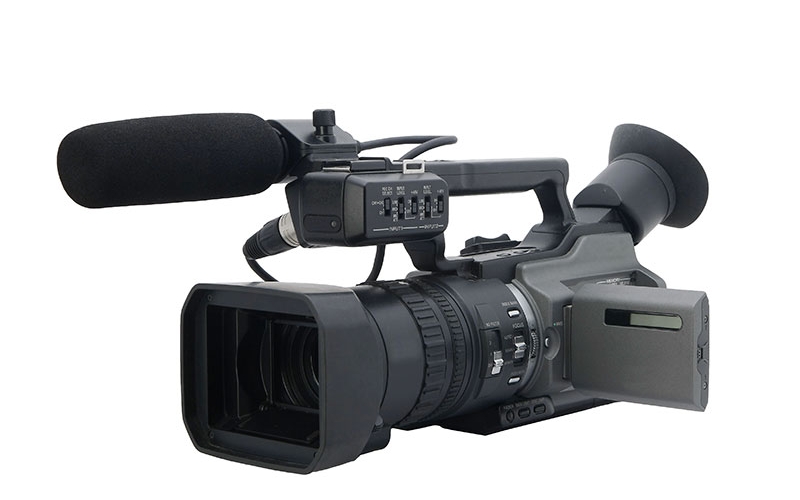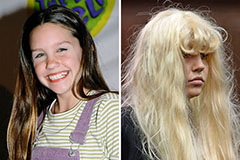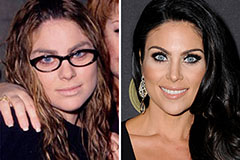Exploring the Systems of Lawful Videography: Introduction Its Procedure in Safeguarding Authentic Visual Statement for Judicial Procedures
In the world of judicial procedures, the role of legal videography stands as a keystone in preserving and offering aesthetic proof. As technology continues to advance, the systems behind legal videography have actually become significantly elaborate, using an important layer of credibility to statements recorded on video.
Historic Development of Legal Videography
Taking a look at the historical development of legal videography exposes a substantial transformation in the recording and presentation of visual proof within the lawful landscape. In the past, lawful process heavily counted on composed photographs and transcripts to document events and offer evidence. With the advent of video technology, the legal sector witnessed a standard shift in how visual testimony was captured and provided.
The advancement of lawful videography can be mapped back to the late 20th century when developments in video recording devices made it a lot more accessible for use in courtrooms. This technological improvement not just improved the accuracy and dependability of aesthetic evidence but also revolutionized the method situations were provided to discretionary (Legal Videography). Lawyers started to acknowledge the persuasive power of video recordings in communicating emotions, nuances, and non-verbal signs that created photos or transcripts alone can not capture properly

Innovation Innovations in Video Clip Documentation
What crucial technological improvements have reinvented video documents in the legal area? The lawful area has seen substantial improvements in video clip paperwork technology that have actually enhanced the credibility and integrity of aesthetic proof in judicial procedures.
In addition, developments in video clip file encryption and watermarking innovations have bolstered the security and tamper-proof nature of video clip proof, protecting it versus unapproved modifications or meddling. Additionally, the arrival of cloud storage remedies and remote access abilities has structured the storage, retrieval, and sharing of video clip proof, helping with smooth cooperation among legal experts and ensuring efficient access to essential aesthetic testaments when required. These technical developments in video clip paperwork have actually undoubtedly revolutionized the legal field, improving the accuracy, trustworthiness, and admissibility of aesthetic proof in judicial procedures.
Function of Legal Videographers in Courtroom Settings
The development of video documentation technology in the lawful field has actually required a crucial duty for lawful videographers in court settings, making sure the stability and reliability of visual testimonies offered throughout judicial procedures. Legal videographers play a basic function in capturing and maintaining precise visual proof that can be critical in court instances. Their duty includes establishing devices, recording procedures, and creating premium video clips that precisely mirror the events in the court room.
In addition, lawful videographers usually work closely with legal teams to make additional resources certain that the video evidence aligns with the situation's demands and can be properly presented in court to support the legal arguments being made. On the whole, the duty of lawful videographers in courtroom settings is vital in upholding the principles of justice and guaranteeing the transparency of legal proceedings. Legal Videography.

Ensuring Admissibility and Integrity of Video Proof
To keep the trustworthiness of aesthetic evidence provided in lawful process, guaranteeing the admissibility and stability of video clip proof is a crucial responsibility for site lawful videographers. Admissibility describes the acceptance of evidence by the court, and for video evidence to be acceptable, it has to meet certain requirements. Lawful videographers play a vital function in making certain that the video clips they capture abide by the guidelines of evidence, such as importance, credibility, and dependability.
Stability of video evidence includes preserving the originality and accuracy of the video footage from the moment it is recorded until it exists in court. This includes securely saving the video files, recording the chain of custodianship, and stopping any kind of meddling or changes. Lawful videographers need to adhere to stringent procedures to ensure the integrity of the video proof and stop any type of difficulties to its authenticity.
Future Trends in Legal Videography
Given the raising dependence on technology in legal proceedings, lawful videographers are poised to embrace ingenious improvements shaping the future of visual testament capture and presentation. One of the famous patterns imminent is the integration of digital reality (VIRTUAL REALITY) and boosted truth (AR) technologies right into legal videography. These innovations have the potential to transform just how visual proof exists in courtrooms, permitting juries and courts to submerse themselves in the scene of the criminal offense or incident.
Moreover, using expert system (AI) formulas for video evaluation is expected to enhance the procedure of examining and analyzing big quantities of video footage. AI can help in determining vital moments, abnormalities, and patterns within videos, enhancing the efficiency of legal investigations.

Conclusion
To conclude, legal videography has actually played a critical go to the website duty in providing authentic aesthetic evidence for judicial process. Through technical improvements and the competence of lawful videographers, the stability and admissibility of video clip evidence are made certain in court setups. As legal videography remains to advance, it will be important to maintain standards that preserve the precision and integrity of aesthetic testimony for the future of legal procedures.
Examining the historical development of legal videography exposes a substantial transformation in the catching and presentation of aesthetic evidence within the legal landscape.The development of video clip documentation modern technology in the lawful area has actually necessitated a vital duty for legal videographers in court settings, making certain the honesty and integrity of aesthetic testaments presented during judicial proceedings. Furthermore, lawful videographers frequently work carefully with legal teams to make certain that the video clip evidence aligns with the situation's demands and can be successfully provided in court to sustain the lawful debates being made.To keep the credibility of visual evidence provided in legal proceedings, guaranteeing the admissibility and integrity of video evidence is a vital obligation for legal videographers. As legal videography proceeds to evolve, it will be important to support standards that maintain the accuracy and reliability of visual statement for the future of lawful proceedings.
 Amanda Bynes Then & Now!
Amanda Bynes Then & Now! Ashley Johnson Then & Now!
Ashley Johnson Then & Now! Destiny’s Child Then & Now!
Destiny’s Child Then & Now! Nadia Bjorlin Then & Now!
Nadia Bjorlin Then & Now! Naomi Grossman Then & Now!
Naomi Grossman Then & Now!